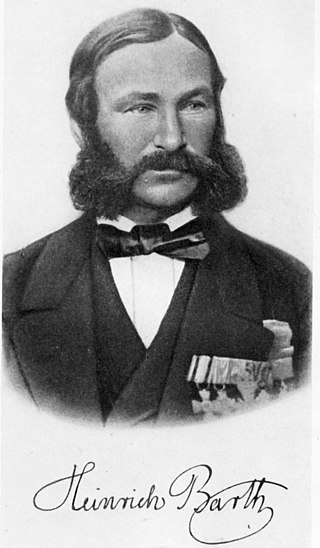
Johann Heinrich Barth was a German explorer of Africa and scholar.

Karl Barth was a Swiss Calvinist theologian. Barth is best known for his commentary The Epistle to the Romans, his involvement in the Confessing Church, including his authorship of the Barmen Declaration, and especially his unfinished multi-volume theological summa the Church Dogmatics. Barth's influence expanded well beyond the academic realm to mainstream culture, leading him to be featured on the cover of Time on 20 April 1962.

John Simmons Barth is an American writer who is best known for his postmodern and metafictional fiction. His most highly regarded and influential works were published in the 1960s, and include The Sot-Weed Factor, a satirical retelling of Maryland's colonial history, and Lost in the Funhouse, a self-referential and experimental collection of short stories. Though Barth's work has been controversial among critics and readers, he was co-recipient of the National Book Award in 1973 for his novel Chimera with John Williams for Augustus. Despite Barth's influence on postmodern literature in America, his influence and publicity have decreased since his novels were published.

Robert William Jenson was a leading American Lutheran and ecumenical theologian. Prior to his retirement in 2007, he spent seven years as the director of the Center for Theological Inquiry at Princeton Theological Seminary. He was the co-founder of the Center for Catholic and Evangelical Theology and is known for his two-volume Systematic Theology published between 1997 and 1999.
Uta Barth is a contemporary German-American photographer whose work addresses themes such as perception, optical illusion and non-place. Her early work emerged in the late 1980s and 1990s, "inverting the notion of background and foreground" in photography and bringing awareness to a viewer's attention to visual information with in the photographic frame. Her work is as much about vision and perception as it is about the failure to see, the faith humans place in the mechanics of perception, and the precarious nature of perceptual habits. Barth's says this about her art practice: “The question for me always is how can I make you aware of your own looking, instead of losing your attention to thoughts about what it is that you are looking at." She has been honored with two National Endowments of the Arts fellowships, was a recipient of the John Simon Guggenheim Fellowship in 2004‑05, and was a 2012 MacArthur Fellow. Barth lives and works in Los Angeles, California.

Giles Goat-Boy (1966) is the fourth novel by American writer John Barth. It is a metafictional comic novel in which the universe is portrayed as a university campus in an elaborate allegory of both the hero's journey and the Cold War. Its title character is a human boy raised as a goat, who comes to believe he is the Grand Tutor, the predicted Messiah. The book was a surprise bestseller for the previously obscure Barth, and in the 1960s had a cult status. It marks Barth's leap into American postmodern fabulism.

In Greek mythology, the Shirt of Nessus, Tunic of Nessus, Nessus-robe, or Nessus' shirt was the poisoned shirt that killed Heracles. It was once a popular reference in literature. In folkloristics, it is considered an instance of the "poison dress" motif.
In Christianity, Neo-orthodoxy or Neoorthodoxy, also known as theology of crisis and dialectical theology, was a theological movement developed in the aftermath of the First World War. The movement was largely a reaction against doctrines of 19th-century liberal theology and a reevaluation of the teachings of the Reformation. Karl Barth is the leading figure associated with the movement. In the U.S., Reinhold Niebuhr was a leading exponent of neo-orthodoxy. It is unrelated to Eastern Orthodoxy.
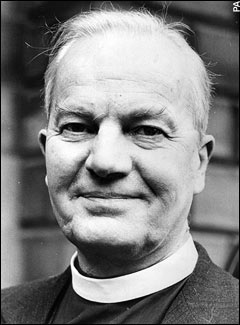
Thomas Forsyth Torrance, commonly referred to as T. F. Torrance, was a Scottish Protestant theologian and minister. Torrance served for 27 years as professor of Christian dogmatics at New College, in the University of Edinburgh. He is best known for his pioneering work in the study of science and theology, but he is equally respected for his work in systematic theology. While he wrote many books and articles advancing his own study of theology, he also edited the translation of several hundred theological writings into English from other languages, including the English translation of the thirteen-volume, six-million-word Church Dogmatics of Swiss theologian Karl Barth, as well as John Calvin's New Testament Commentaries. He was a member of the famed Torrance family of theologians.

Lost in the Funhouse (1968) is a short story collection by American author John Barth. The postmodern stories are extremely self-conscious and self-reflexive and are considered to exemplify metafiction.
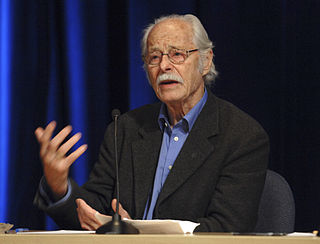
Thomas Fredrik Weybye Barth was a Norwegian social anthropologist who published several ethnographic books with a clear formalist view. He was a professor in the Department of Anthropology at Boston University, and previously held professorships at the University of Oslo, the University of Bergen, Emory University and Harvard University. He was appointed a government scholar in 1985.
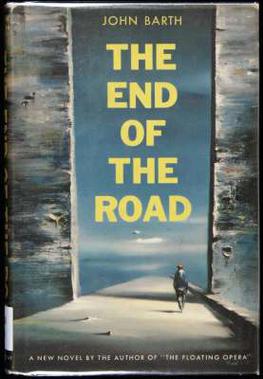
The End of the Road is the second novel by American writer John Barth, published first in 1958, and then in a revised edition in 1967. The irony-laden black comedy's protagonist Jacob Horner suffers from a nihilistic paralysis he calls "cosmopsis"—an inability to choose a course of action from all possibilities. As part of a schedule of unorthodox therapies, Horner's nameless Doctor has him take a teaching job at a local teachers' college. There Horner befriends the super-rational Joe Morgan and his wife Rennie. The trio become entangled in a love triangle, with tragic results. The story deals with issues controversial at the time, such as sexuality, racial segregation, and abortion.
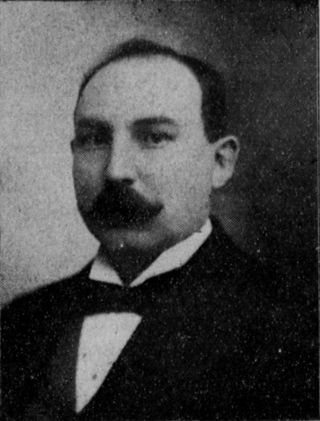
Paul C. Barth was Mayor of Louisville, Kentucky from 1905 to 1907.

Informal logic encompasses the principles of logic and logical thought outside of a formal setting. However, the precise definition of "informal logic" is a matter of some dispute. Ralph H. Johnson and J. Anthony Blair define informal logic as "a branch of logic whose task is to develop non-formal standards, criteria, procedures for the analysis, interpretation, evaluation, criticism and construction of argumentation." This definition reflects what had been implicit in their practice and what others were doing in their informal logic texts.
John Bainbridge Webster (1955–2016) was an Anglican priest and theologian writing in the area of systematic, historical, and moral theology. Born in Mansfield, England, on 20 June 1955, he was educated at the independent Bradford Grammar School and at the University of Cambridge. After a distinguished career, he died at his home in Scotland on 25 May 2016 at the age of 60. At the time of his death, he was the Chair of Divinity at St. Mary's College, University of St Andrews, Scotland.

Berry Louis Cannon was an American aquanaut who served on the SEALAB II and III projects of the U.S. Navy. Cannon died of carbon dioxide poisoning while attempting to repair SEALAB III. It was later found that his diving rig's baralyme canister, which should have absorbed the carbon dioxide Cannon exhaled, was empty.

The Floating Opera is a novel by American writer John Barth, first published in 1956 and significantly revised in 1967. Barth's first published work, the existentialist and nihilist story is a first-person account of a day when protagonist Todd Andrews contemplates suicide.

The Last Voyage of Somebody the Sailor is a novel by American writer John Barth, published in 1991. It is a postmodern metafictional story of a man who jumps overboard from a modern replica of a medieval Arab ship and is rescued by sailors from the world of Sinbad the Sailor. Eventually he makes his way to "Baghdad, the City of Peace", and finds himself in the stories of Sindbad and Scheherazade. The novel makes use of a challenging double-stranded narrative and a rich prose style.
Bruce Lindley McCormack is Charles Hodge Professor of Systematic Theology at Princeton Theological Seminary. His work focuses on the history of modern theology. McCormack has proposed that Karl Barth's view of Scripture has been misinterpreted, and has proposed a "Neo-Barthian" interpretation.

Robert August Barth was a United States Navy Chief Quartermaster, pioneering aquanaut and professional diver. He was the only diver to participate in all U.S. Navy SEALAB missions led by George F. Bond. Barth is considered to be the father of the Rolex Sea Dweller. In 1967, he developed the idea for the helium release valve which was patented by Rolex on November 6, 1967.















